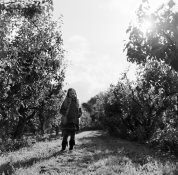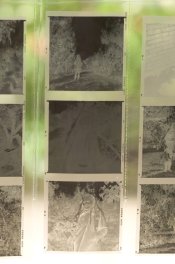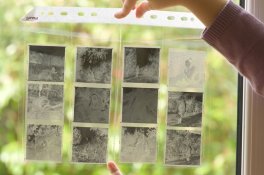michelleg
Member
- Joined
- Oct 25, 2010
- Messages
- 25
- Format
- Medium Format
I would love to be able to take better backlit photographs but they keep coming out with the subject underexposed. I'm using a sekonic light meter, taking a reading from the subjects face and I am putting iso 200 instead of the 400 on the box which I thought would give me an extra stop, but its still under exposed. I'm kind of stumped! Am I metering wrong? How can I meter for the shadows from the face is there is no obvious shady side?
Here is an example
Here is an example



 .
.

